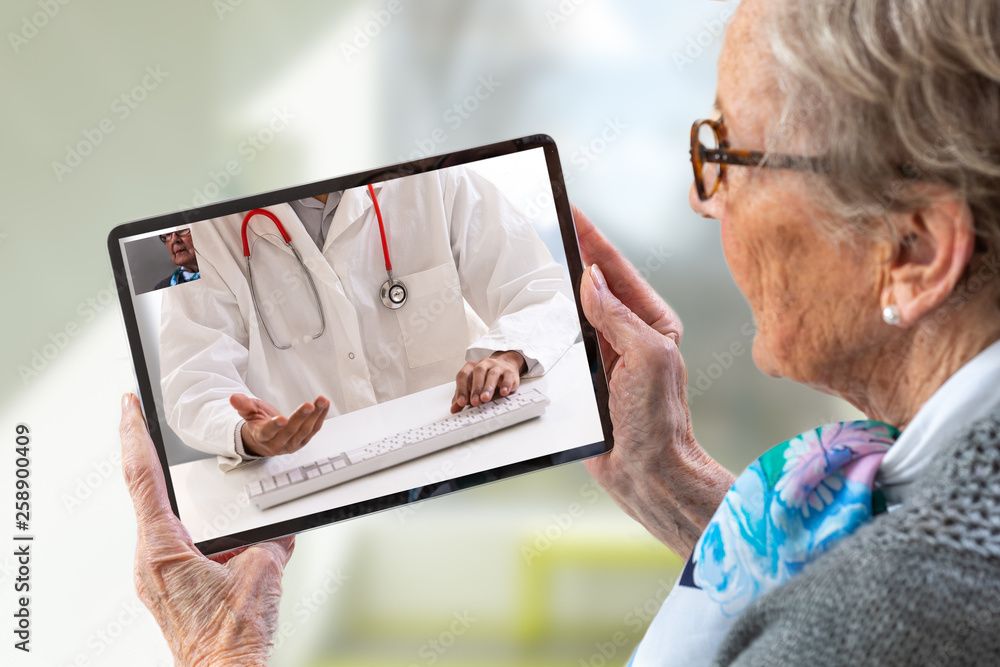Article
Two years into pandemic, audio-only telehealth visits were still common at California safety net clinics
Author(s):
Researchers say use of virtual visits, particularly in rural areas, reflects ease of access they offer

Telehealth visits became a common way to provide health care early in the COVID-19 pandemic, and a new study shows that even two years later audio-only visits were being used relatively frequently for primary care and behavioral health services at California safety net clinics.
While telehealth use has diminished since the early days of the pandemic, the study found that as of August 2022 about 20% of primary care visits and 39% of behavioral health visits at the state’s Federally Qualified Health Centers (FQHCs) were audio only.
The study covered 30 multi-site FQHCs providing care for about 1.3 million lower-income California residents, mostly in rural areas of the state. It included data about in-person and telehealth visits (video and audio-only) from February 2019 to August 2022.
The study found that between April 2020 and August 2022 the proportion of in-person primary care visits increased from 30% to 71%, while in-person behavioral health visits rose from 20% to 37%.
Over the same period, telehealth audio-only primary care visits decreased from 67% to 21% and video visits grew from 4% to 7%. For behavioral health, telehealth audio-only visits decreased from 74% to 39%, while video visits increased from 8% to 23%. From February 2020 to August 2022 the overall number of visits increased by 8.5% for primary care and 23% for behavioral health.
The study’s authors say FQHC’s continuing relatively high use of audio-only visits for both primary care and telehealth is due to the technology’s ability to improve access to care. In addition, California’s Medicaid program made payment parity for audio-only visits permanent for FQHCs, so clinics have no financial incentive for limiting them.
Lori Uscher-Pines, PhD, the study’s lead author and a senior policy researcher at the RAND Corporation, noted in an accompanying news release that the greater use of audio-only telehealth in safety net facilities raises questions about care quality and equity for low-income patients, since the effectiveness of audio-only telehealth hasn’t been established.
“It is likely that these safety net clinics continued to deliver audio-only visits in high volume because of their role in improving access to health services,” Uscher-Pines said, adding that “Our study raises important questions about what kind of role we want audio-only visits playing in the care of disadvantaged populations and the public in general going forward.”
The study, “Changes in In-Person, Audio-Only, and Video Visits in California’s Federally Qualified Health Centers, 2019-2022” was published as a Research Letter in the April 11 issue of JAMA.





